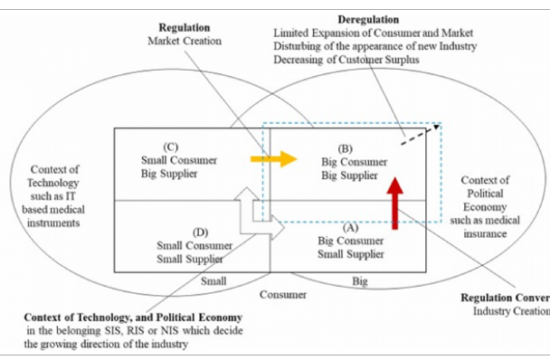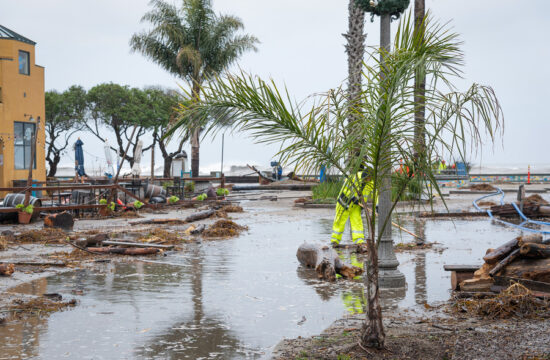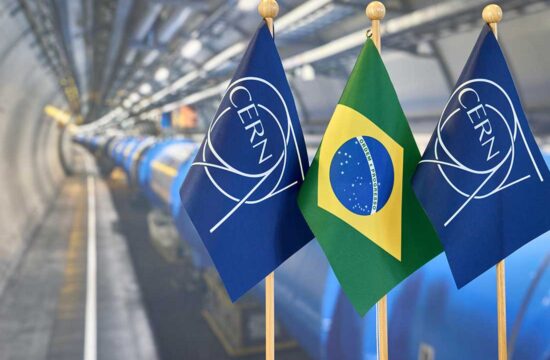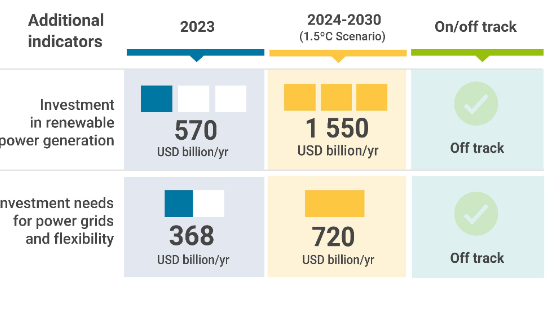A unique post-2002 summer atmospheric circulation pattern could be behind recent summertime Arctic and sub-polar wildfires co-occurring with heatwaves in Europe.
The findings, by an international team of researchers, including Hokkaido University atmospheric scientist, Teppei J. Yasunari, were published in the journal Environmental Research Letters.
Wildfires lead to extensive air pollution, impacting health and the environment. Much of this pollution is in the form of inhalable particulate matter (aerosols) with a diameter of 2.5 micrometers or less (PM2.5).
Scientists in Japan, Korea, and the US wanted to better understand the inter-relationships between climate patterns, wildfires, and air pollution over Arctic regions in recent years.
The researchers analyzed NASA atmospheric, aerosol, and satellite wildfire data, some of which extends back to 1980.
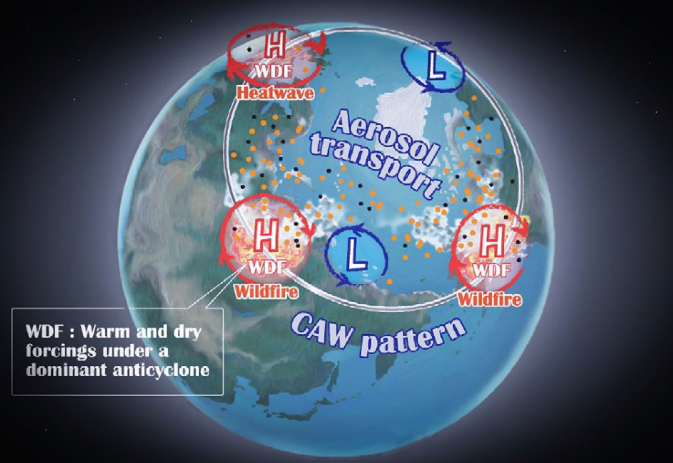
They found that PM2.5 levels tended to be particularly high over the Arctic during the summer months between 2003 and 2017. They were able to link these high PM2.5 levels with higher organic carbon aerosol concentrations caused by recent active wildfires in Siberia and sub-polar North America.
They also found that these high PM2.5 levels were associated with a clockwise atmospheric circulation pattern represented by dominant high-pressure systems over Europe, Siberia, and subpolar North America. They named the pattern the Circum-Arctic wave (CAW). A similar clockwise atmospheric pattern, causing warmer conditions, was also observed over Western Europe, central Siberia, Alaska, and Canada in late June 2019. Interestingly, the team also found that the summertime CAW pattern only became prominent after 2002.
“We concluded that extremely warm and dry conditions in recent summer years as a result of the CAW pattern over Europe, Siberia, and sub-polar North America drove co-occurrences of summertime wildfires and heatwaves. The wildfires contributed to exceptionally high PM2.5 levels in the Arctic,” says Yasunari.
The study expands conventional knowledge of the connections between weather conditions, wildfire-induced air pollution, and climate patterns. Further research will focus on understanding how the CAW pattern is triggered, develops, and persists under present and future climate conditions. Improving summer climate projections associated with wildfires and heatwaves will help people living in and around the Arctic develop effective measures for responding to large-scale heatwaves and wildfires.




